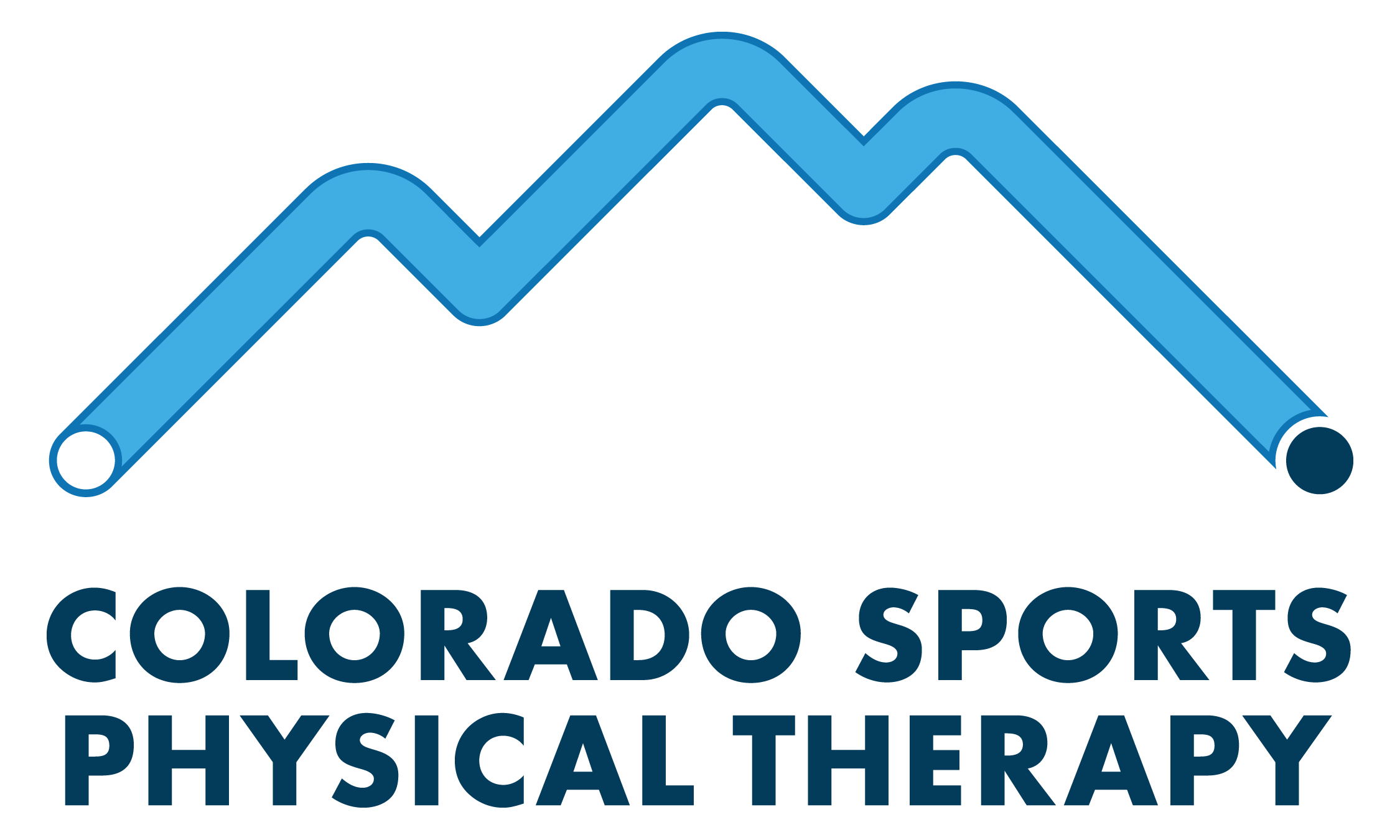Cross-Training for Endurance Athletes
As a concept, cross-training has been around for quite a while. Simply put, cross-training in an athletic context involves spending some of your training time on something other than your chosen sport. The goal of cross-training is to make sure that an athlete is broadly prepared for physical exertion and performance, beyond the specific demands of their sport. Most sports and physical activities require a specific set of attributes to be successful (e.g. strength, speed, endurance), and each sport requires these in varying amounts. Generally speaking, the training an athlete does should try to support these requirements, but this does not mean that all of your training needs to look exactly like your sport. In fact, current evidence seems to suggest that endurance athletes specifically can actually improve their performance by incorporating high-intensity strength training into their running/cycling/swimming routine.
Here is a very brief summary of 2 more recent reviews that highlight the positive effects of strength training for endurance athletes:
A meta-analysis of 28 studies showed “moderate improvements in middle- and long-distance performance” in endurance athletes that also engaged in strength training. Changes were most notable in energy cost of locomotion and maximal force/power, meaning these athletes became more efficient and could perform better at high intensities. Maximal-force training (i.e. high-intensity) training seemed to be most effective for driving these changes.
Similarly, a systematic review in 2014 found that “strength training improved time-trial performance, economy, [velocity and work capacity at VO2max] and [maximal anaerobic running velocity] in competitive endurance athletes”. The authors emphasized that those with little to no strength training background did not need a complicated program to reap these benefits, which should be encouraging if the thought of pumping iron intimidates you at all.
So, the results of these reviews, which encompass 54 studies in total, suggest that strength training can improve endurance performance. This highlights the idea that for most endurance events, if an athlete intends to win the race, it is not enough to just have good endurance: Races are actually more a measure of speed endurance than pure endurance. Because of this, being able to exert more force/power/strength at high intensities helps endurance athletes maintain higher intensity for longer, resulting in improved race performance. Not only can strength training improve your endurance sport performance, there is some evidence to suggest that individuals who participate in resistance training more regularly are less likely to be injured while running, specifically. More generally, strength training has been found to be preventative for sports-related injuries as a whole.
If you’re looking for a caveat, here it is: The majority of the studies looking at the effects of strength training on endurance sports has focused on high-intensity strength training, meaning (relatively) heavy weights and significant efforts. That may sound intimidating, but if you’ve been an endurance athlete for any significant amount of time, you’ve already had to learn how to embrace the discomfort of your chosen sport, so applying the same attitude to strength training ought to feel familiar. Furthermore, if you are at all concerned about injuries related to strength training, resistance training has actually been found to have a low overall risk of injury - according to one systematic review, 74% of runners vs 20% of CrossFit athletes experience a moderate to serious injury in a given year. Given this fact and the aforementioned benefits, it is not unreasonable to argue that most, if not all, endurance athletes should be participating in a resistance training program.
If you are an endurance athlete looking to improve your performance and reduce your injury risk, but you’re not sure how to build a program or are uncomfortable with the idea of pushing heavy weights on your own, we can help! Our physical therapists are thoroughly experienced in coaching a wide variety of athletes in resistance training tailored to meet each individual’s needs.
Beattie, K., Kenny, I. C., Lyons, M., & Carson, B. P. (2014). The Effect of Strength Training on Performance in Endurance Athletes. Sports Medicine, 44(6), 845–865. doi: 10.1007/s40279-014-0157-y
Berryman, N., Mujika, I., Arvisais, D., Roubeix, M., Binet, C., & Bosquet, L. (2018). Strength Training for Middle- and Long-Distance Performance: A Meta-Analysis. International Journal of Sports Physiology and Performance, 13(1), 57–64. doi: 10.1123/ijspp.2017-0032
Grier, T. L., Canham-Chervak, M., Anderson, M. K., Bushman, T. T., & Jones, B. H. (2017). Effects of physical training and fitness on running injuries in physically active young men. Journal of Strength and Conditioning Research. https://doi.org/10.1519/JSC.0000000000001487
Lauersen, J. B., Bertelsen, D. M., & Andersen, L. B. (2013). The effectiveness of exercise interventions to prevent sports injuries: a systematic review and meta-analysis of randomised controlled trials. British Journal of Sports Medicine, 48(11), 871–877. doi: 10.1136/bjsports-2013-092538
Meyer, J., Morrison, J., & Zuniga, J. (2017). The Benefits and Risks of CrossFit: A Systematic Review. Workplace Health & Safety, 65(12), 612–618. doi: 10.1177/2165079916685568
